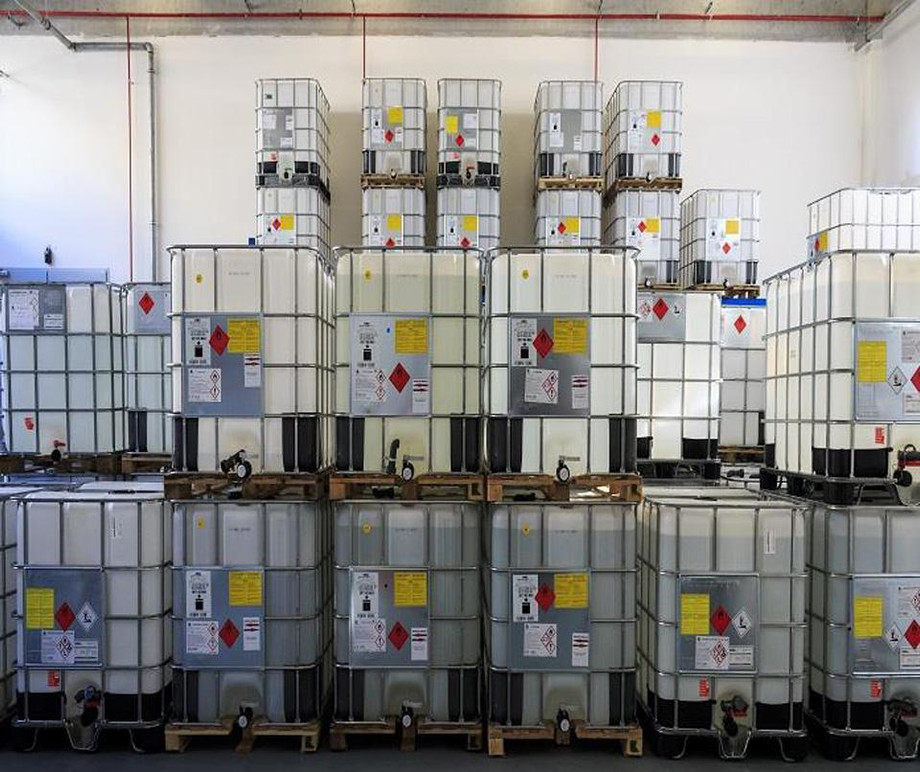Why is TDG Training Course an Important Aspect to Consider?
Nearly all modes of transportation, such as air, sea, road, rail, and others, have similar training needs. The Transportation of Dangerous Goods Certificate must be granted to everyone whose profession entails a function that could affect the safe transportation of dangerous goods.
It usually comprises the following:
- Individuals who categorize or confirm the classification of products to be shipped.
- Those in charge of selecting the packages (such as IBCs, huge packages, gas cylinders, and so on), tanks, and vehicles used for bulk transportation, as well as determining filling levels
- Those in charge of deciding on labeling, marking, and placarding
- Fillers and labelers of packages, tanks, and bulk vehicles
- Those tasked with loading pallets
- Those who keep track of the goods
- Those responsible for loading the Cargo Transport Unit (CTU)
- Those who are in charge of transporting the items
- Those involved in loading and unloading tasks
- Drivers
Except individuals operating under the direct supervision of a trained person must validate the Transportation of Dangerous Goods Certificate Canada as competent and appropriate or issued by the employer before starting the function. Must supplement it regularly with retraining.

Standard standards for training
According to the conventional training standards, you should concentrate on the following four aspects:
- A thorough understanding of basic training of the entire scheme of the modes used to familiarize trainees with the system.
- Function-specific training as appropriate for their participation. For example, if a person is responsible for road and sea paperwork, the Transportation Of Dangerous Goods Online Courseshould be completed so that the person can complete this task appropriately.
- Appropriate safety training for the likelihood of exposure to the goods. For example, someone who is simply responsible for recording hazardous products would only need basic transportation safety training.
- Security training as appropriate for the mode, with any exceptions. It should primarily include the nature of security threats, their identification, mitigation, and response activities in the event of a security breach.
Conclusion
Transportation of dangerous goods training online is a must before an employee is involved in a circumstance that, without it, could jeopardize the safe transfer of hazardous items.
Finally, keep in mind that failing to obtain such training may have ramifications for you personally when traveling by air, sea, or land.
